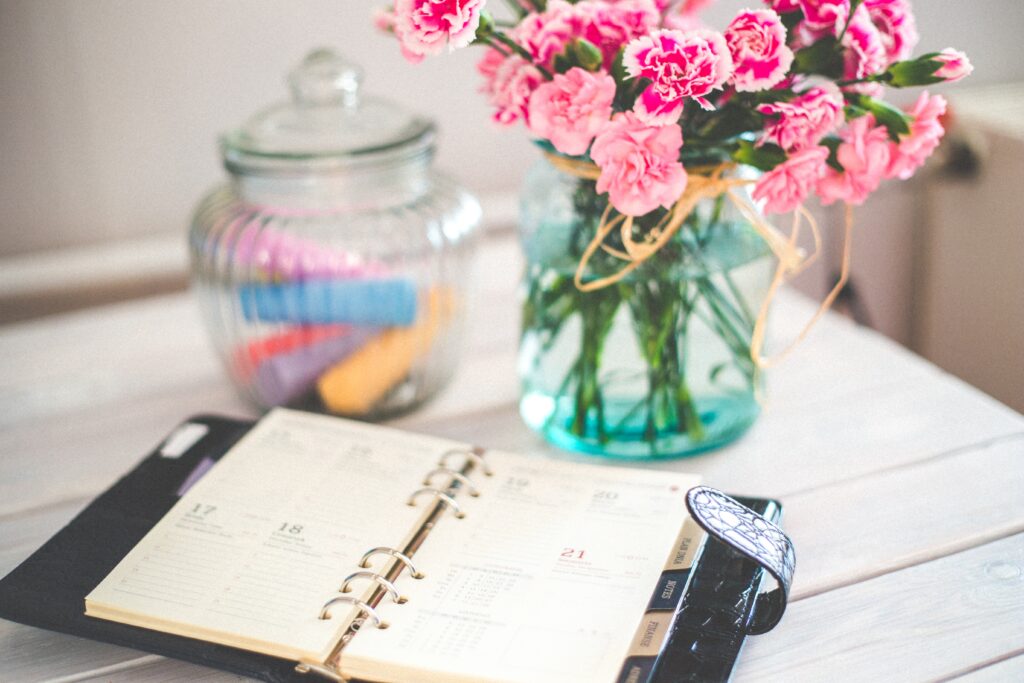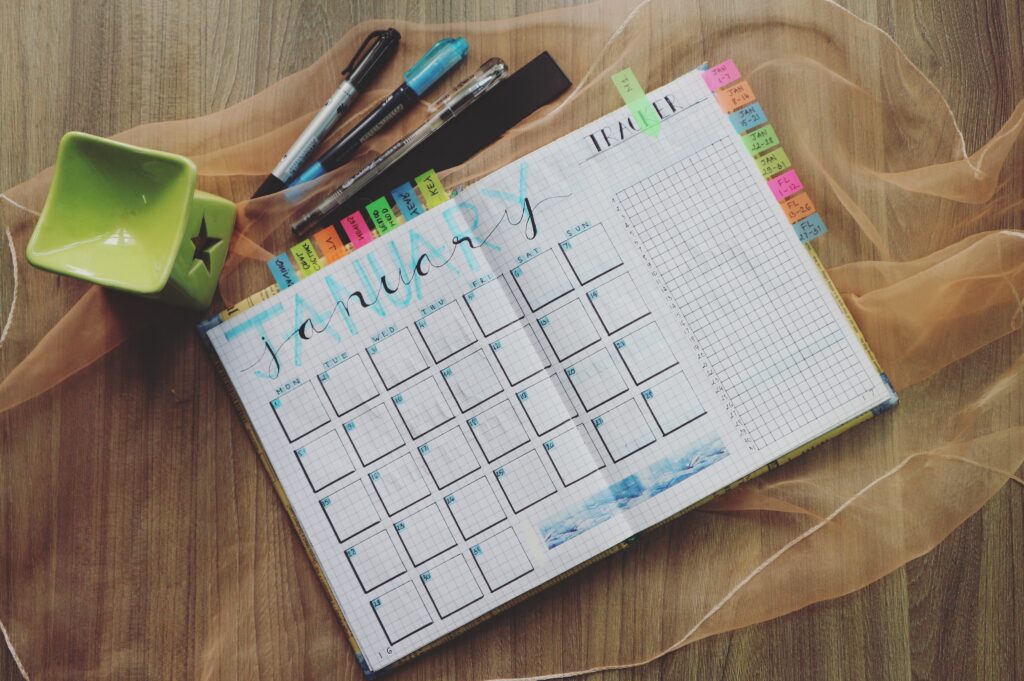After the chaos of 2020, we could all use a little more Zen, a little more ease, a little more happiness in 2021. Cue the weekly planner. While some may claim it’s just a glorified diary, we’re here to explain why it’s actually your key to all of the above. Here’s how to use a weekly planner efficiently and to your advantage...
The benefits of a weekly planner
You won’t be surprised to read that, here at Captain Notepad, we’re big fans of stationery. In our digitally saturated society, we believe stepping away from our screens wherever possible is a really healthy move. Here are some other perks to owning a weekly planner…
- It’s the way to a calmer, more organized life
- It’s a chance to plan and reflect
- It’ll decrease stress
- You’ll be more productive
- It could inspire new ideas
- You’ll never forget a birthday or anniversary again

The Captain Notepad guide to using a weekly planner
1. Choose a weekly planner that you look forward to using
It sounds obvious, but by picking out a planner that you love, you’re much more likely to use it. It might be a super-slick corporate number, or of the colorful, retro variety. The bottom line is the ideal week planner represents your personality. Take a look at Pinterest for design - it’s packed with weekly planner ideas.
2. Pick a day to plan everything
“A Sunday well spent brings a week of content” – or so the saying goes. We tend to agree. So prepare for the week ahead by getting your planner ready – maybe after a relaxing bath or dinner with the family. Get comfortable and jot down any events, tasks, and reminders you need to. It’ll give you a chance to pause and reflect before Monday morning arrives and it’s go-go-go, plus you’ll feel calmer and more organized knowing it’s all written out and ready – empowered to take on the week ahead.
3. Incorporate color coding
Colour coding is majorly satisfying, and it’s also great for clarity – especially if you’re in a rush, which we often are. It’s up to you how you do it – you might want to write family events in one shade, and work to-dos in another, for example. Alternatively, you could add colored stickers next to each entry, or overlay each category with a different highlighter. Whichever route you go down, it’s a good way of understanding the week’s tasks and responsibilities at a glance.

4. Keep an ‘as-and-when’ to-do list
This is a helpful life hack, as it can really take the pressure off. Instead of assigning personal to-dos to each day, simply write a list that you’ll dip in and out of when you have time that week - in the notes section or along the bottom of the pages. It stops days feeling quite so overwhelming. Here’s an example of a list you might tick off bit by bit throughout the week:
- Schedule dentist appointment for next month
- Order Jenny’s birthday present
- Order new contact lenses
- Make a summer holiday shortlist
- Send a thank you card to Grandma
5. Do a little dreamin’
Some weekly planners come with daily affirmations, space to write down gratitude lists, and sections for weekly goals. Even if you choose one that doesn’t contain these features, you’re likely to have space for notes, as mentioned above. Use space. It’s important that we think beyond the day-to-day tasks that swallow up much of our week and make time for the bigger picture stuff. You’d be surprised at how beneficial this is from a mental health perspective, as well.
6. Make time for yourself!
Chances are, you’ll fill your week up with work commitments, family responsibilities, and life admin tasks before you know it! It’s crucial to take time-out for yourself, too. If that’s part of your way of life anyway and you don’t even have to think about it, great! Others need a little nudge. If you’re in the latter category, be sure to jot down reminders. Things like ‘do 20 minutes of reading’, or ‘go for a long walk’. You’ll be glad you did.
Ready to recharge and reorganize? Check out Captain Notepad’s range of weekly planners.


